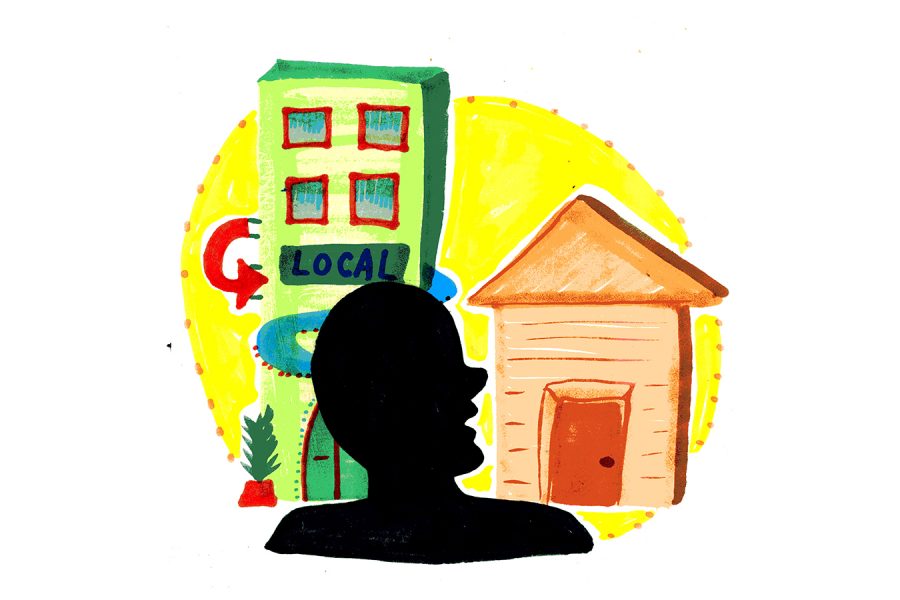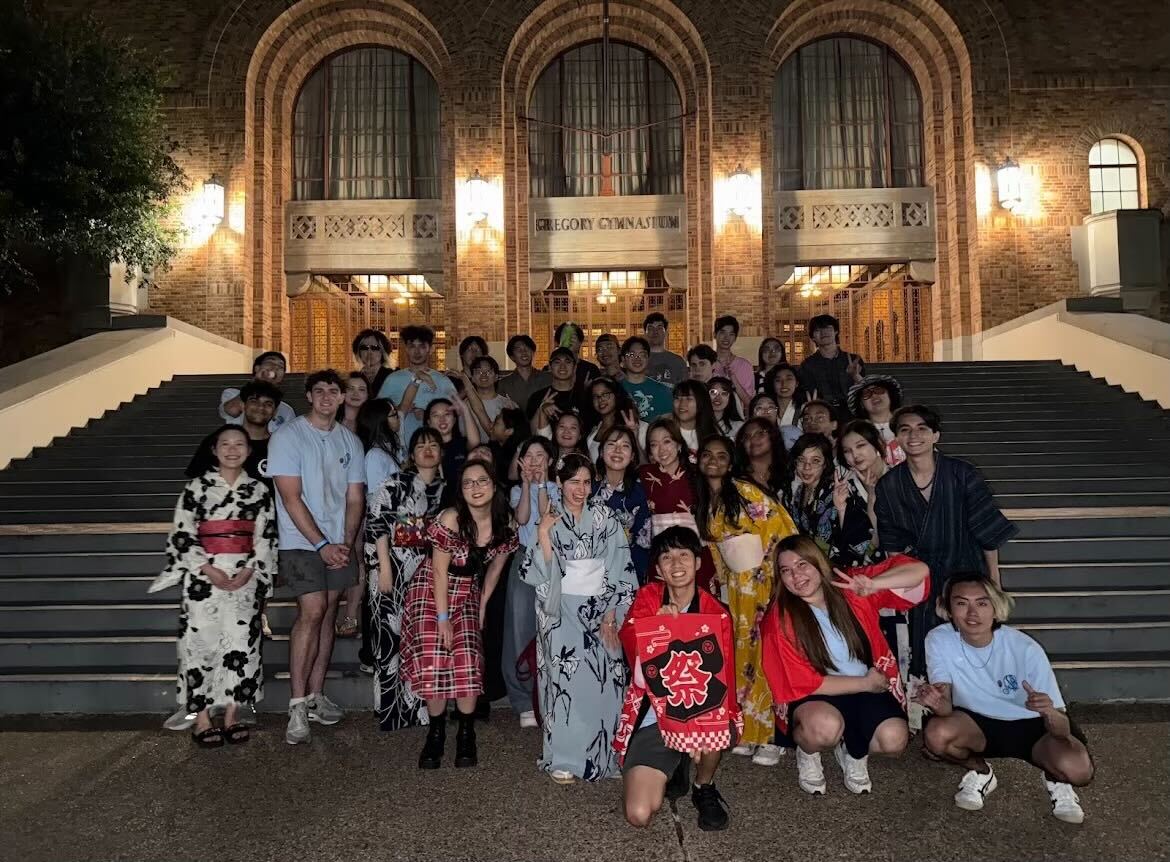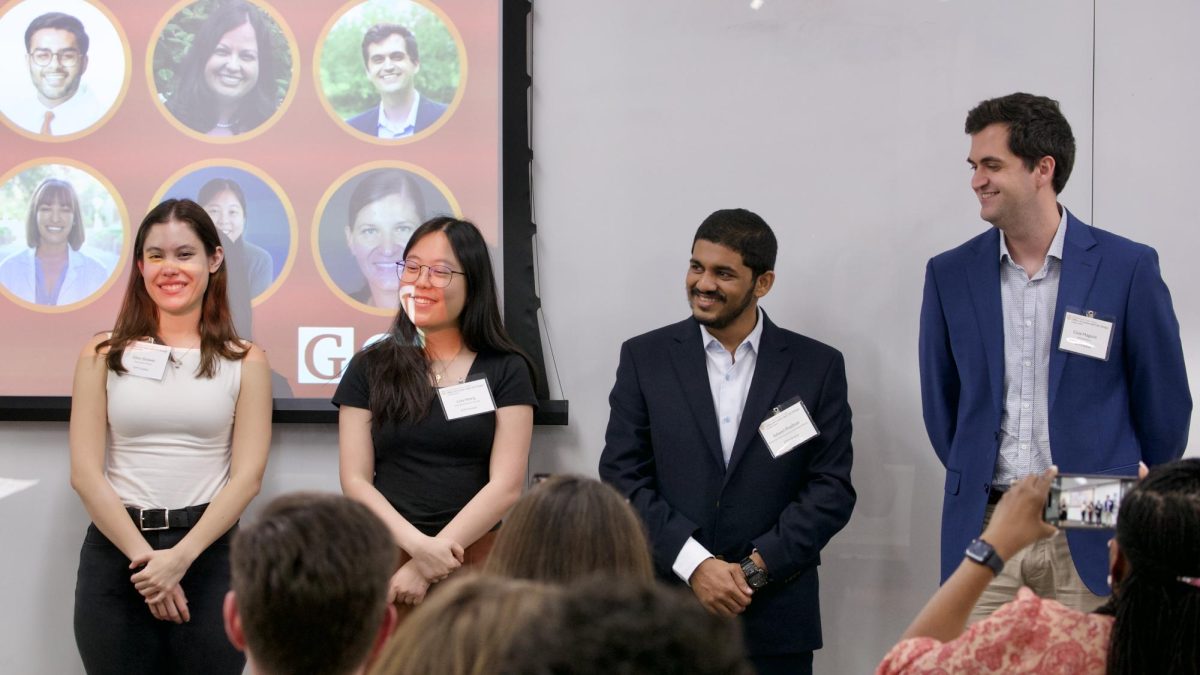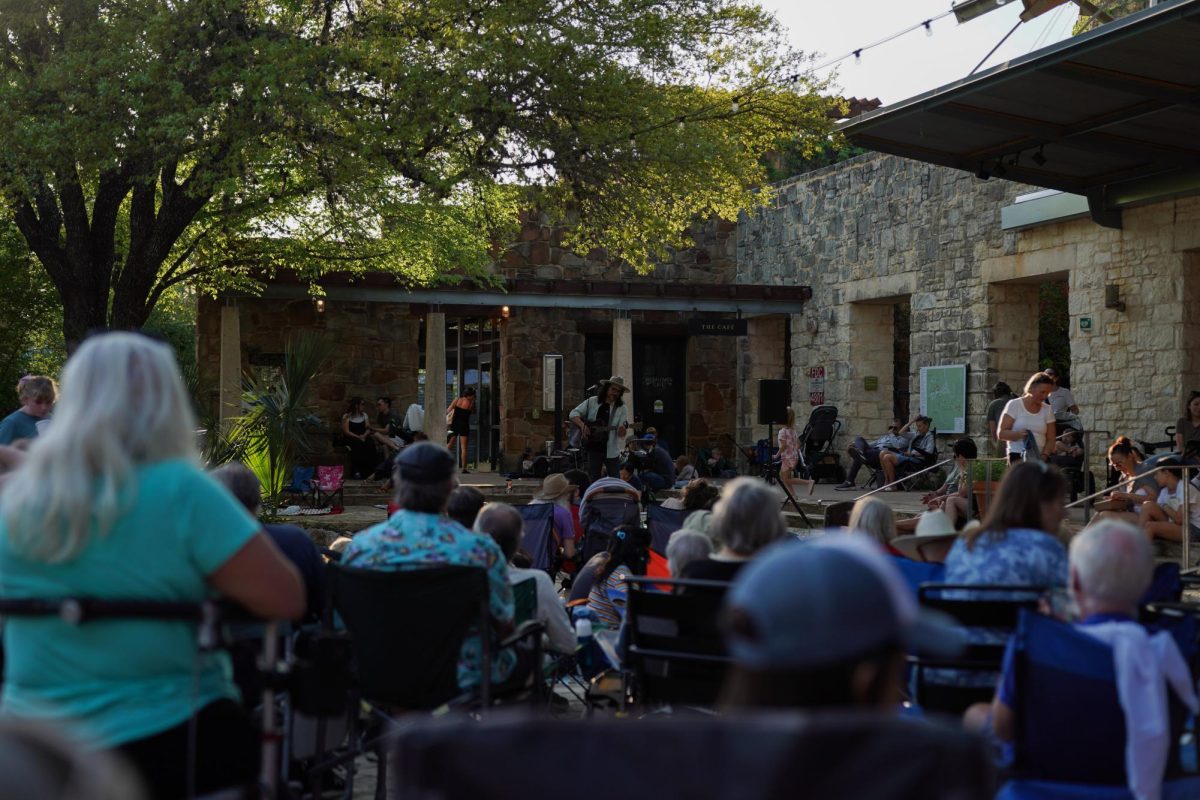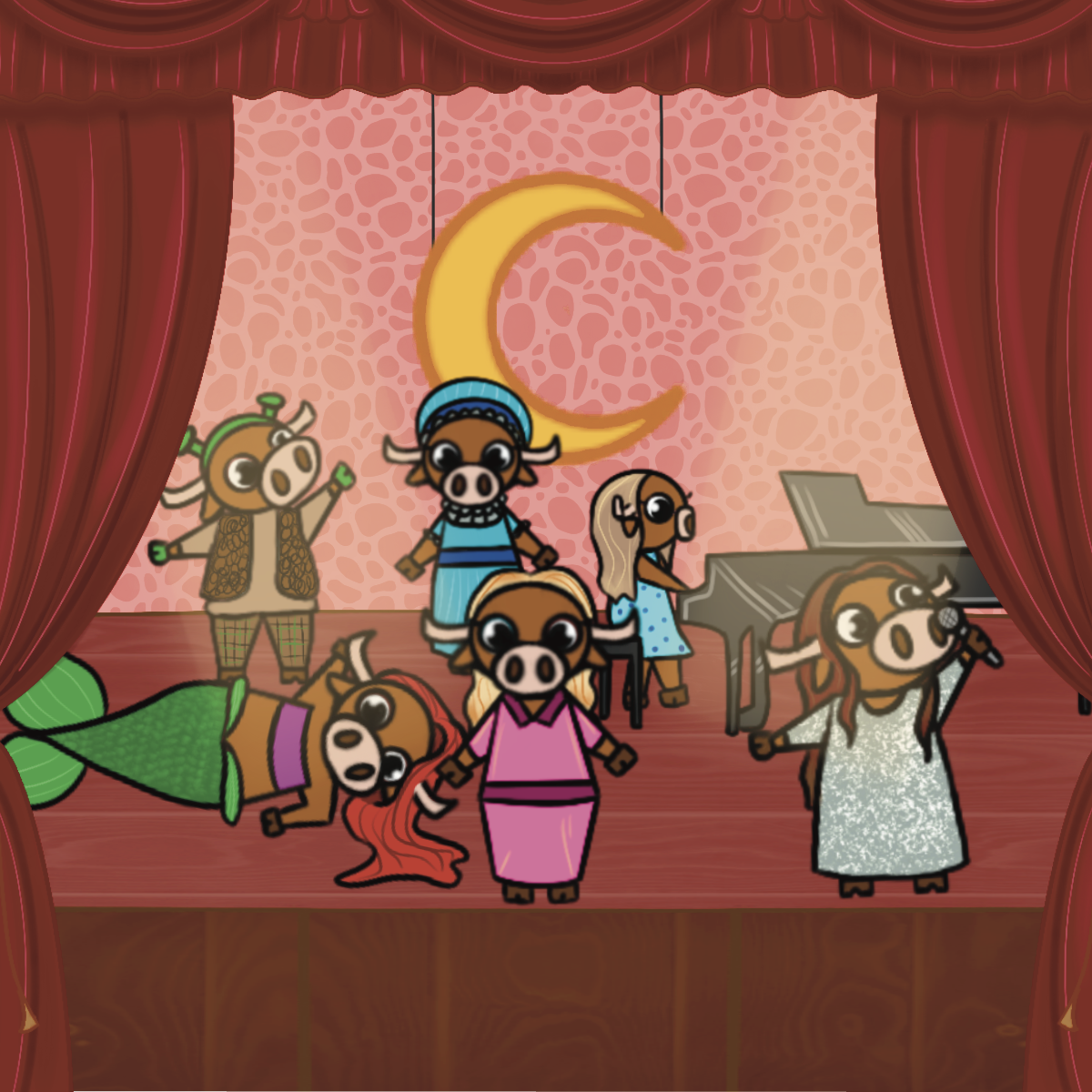Two weeks ago, activist group Defend Our Hoodz gathered outside East Austin restaurant Lou’s Bodega to protest what they saw as cultural appropriation and gentrification.
Lou’s is an upscale counter-service bodega on East Caesar Chavez, taking the place of neighborhood veteran Leal’s Tire Shop. The restaurant, founded by two high-ticket development cohorts, has faced public backlash since opening in January, in a historically working class Latinx community. Lou’s has been criticized for its higher-end menu and Aztec-themed art, which originally decorated Leal’s Tires. Neighborhood residents and activists took to the streets to protest what businesses like Lou’s represent — gentrification.
As more of Austin’s historically working-class neighborhoods are developed by high-end companies and repurposed for new housing, restaurants and coffee shops, students can combat — or at least not contribute to — gentrification.
Jake Wegmann, UT assistant professor of architecture, said the most important action students can take is supporting public policy that prevents urban displacement.
“Advocate for more below-market housing, advocate for useful anti-displacement policies, for example, anything the city council can do to improve protections for tenants is huge,” Wegmann said.
University Neighborhood Overlay, or UNO, is a city ordinance that has resulted in several hundreds of units for affordable housing closer to campus. Wegmann said this is an example of public policy directly benefiting students.
“There are all kinds of policies that the city council could be implementing (to combat gentrification), and students should research and support these policies because it’s in their self-interest,” Wegmann said.
Antonio Vela-García, radio-television-film and advertising sophomore, said students should be conscious of the businesses they support.
“We should recognize how much (money) we put into gentrifying establishments, especially ones that appropriate the cultures of the communities they are displacing and profiting off of it,” Vela-García said.
Vela-García said students should seek out businesses that are native to these communities.
“Go out and try something new — sometimes there may be that cultural barrier, sometimes language barriers, but you should make the effort,” Vela-García said. “Learn intercultural communication, enjoy the different cultures around you and support the people that are trying to make a living.”
Public relations freshman Tavia Zepeda said students should appreciate the community they move into.
“You should cherish the history and culture of the area — learn about the local art scene, go to that restaurant that’s been there forever, start a conversation with your neighbor,” Zepeda said.
Vela-García said students can help by learning about what gentrification is, how they can prevent it and how to get the word out.
“To get more involved in activism around affordable housing, educate yourself on what you can do,” Vela-García said. “Look for flyers around campus, look on social media, ask about presentations, organizations, protests near you. Start a conversation with your friends and family.”
Wegmann advises students to be mindful of other residents and recognize their place.
“Sure, go to the hip coffee shop, but maybe go to the corner store down the street run by the man who has lived there his whole life,” Wegmann said. “Treat people like people. Don’t act like you own the place, respect the people living in the community that you moved into.”

